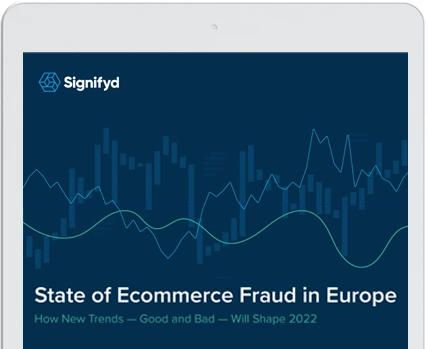With physical stores across Europe opening up, ecommerce sales appear to be settling into a somewhat normal pattern in which sales fluctuations are driven by seasons, life events and promotions rather than panic, available inventory and the need to stay home and avoid crowds.
Ecommerce sales across Europe were tracking 32% higher than they were leading up to the pandemic, Signifyd Ecommerce Pulse data for the week ending June 28 shows. Some retail verticals are still registering blow-out numbers as the pandemic moves well into its fourth month.
Auto, Parts & Tires sales were up 250% for the seven-day period ending June 21, compared to the beginning of March, before the World Health Organization declared a pandemic. Home Goods & Decor is up 148%, Grocery & Household Goods is up 64% and Leisure & Outdoor is up 22%.
Interestingly, sales in the Business Supplies category are up 182% after a number of bad weeks scattered throughout the early part of the pandemic. The story recently has been quite the opposite, with week-over-week sales in Business Supplies up 174%. That comes after recent weeks that saw spending week-over-week in the category increase 59% and 122%.
It could be a tangible sign that businesses are beginning to open up again.
On the negative side, Electronics, General Merchandise, Leisure & Outdoor, Luxury Goods and Alcohol, Tobacco & Cannabis all saw online sales fall week over week in double-digit percentages or in numbers approaching double-digit percentages.
Still, only General Merchandise and Alcohol, Tobacco & Cannabis saw sales for the week that were lower than their pre-pandemic sales.
Ecommerce has been a bright spot for retail as the pandemic stretches on. In general, retailers who depend on brick-and-mortar sales or a combination of online and in-store sales have had little to cheer about. The Confederation of British Industry, for instance, released a report recently that painted a gloomy picture of retailers’ outlook in the UK.
Nearly 70% of retailers surveyed by the CBI said they expected businesses to be worse in July than it was a year ago, according to The Guardian. Nearly two-thirds said a lack of demand from consumers would be a major problem. Another 61% cited as a major concern workforce absences due to the fact that children wouldn’t be returning to school.
“With high street shops, department stores and shopping centers reopening across England last week amid some scenes of long queues, you’d be forgiven for thinking retailers’ difficulties are coming to an end,” said Rain Newton-Smith, the CBI’s chief economist, “but the health of the retail sector remains in the balance.”









